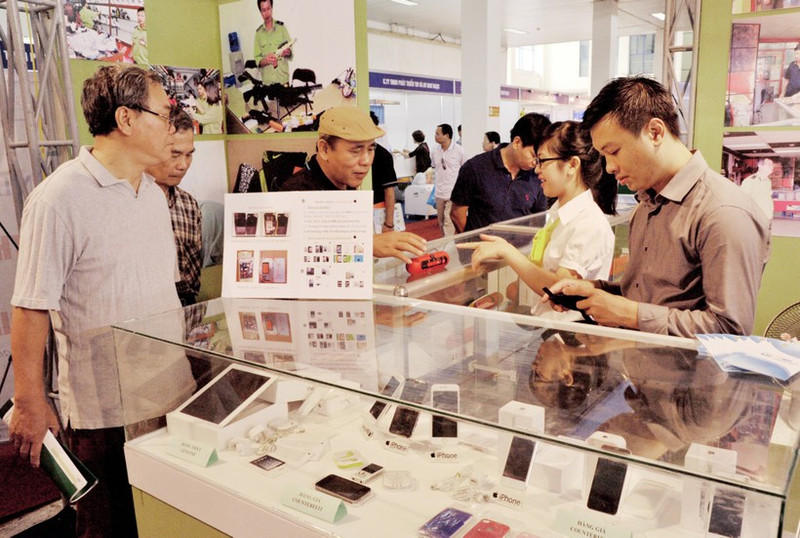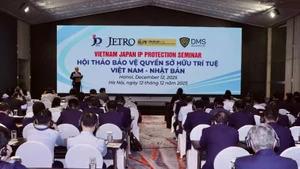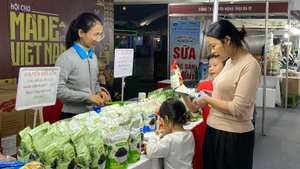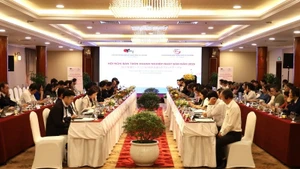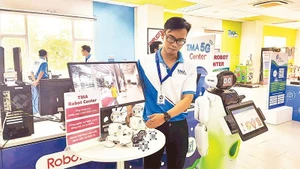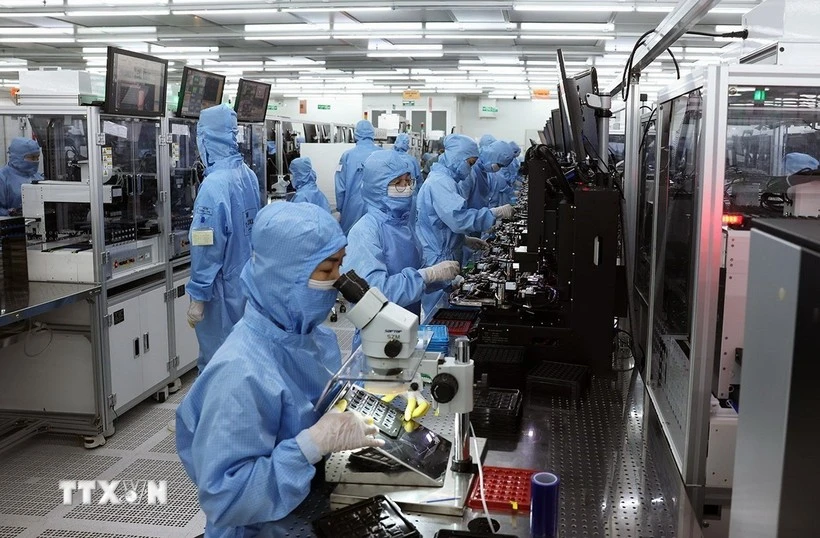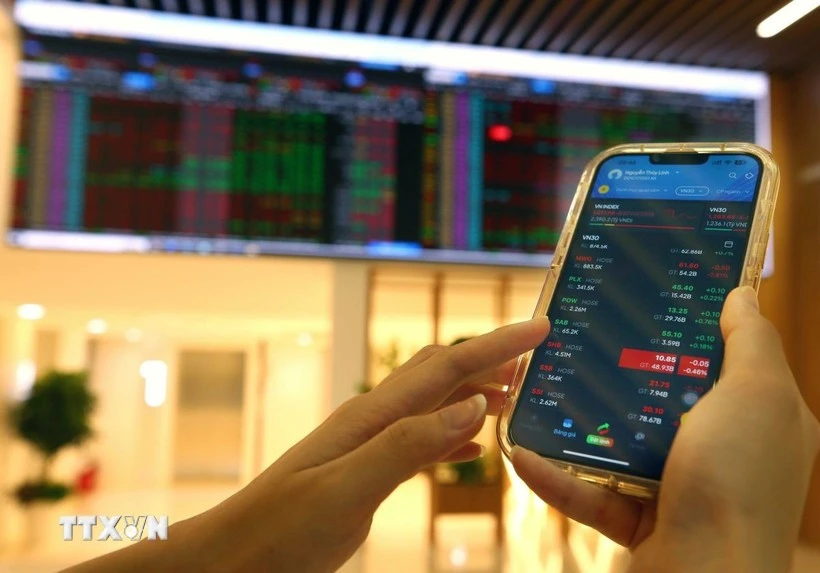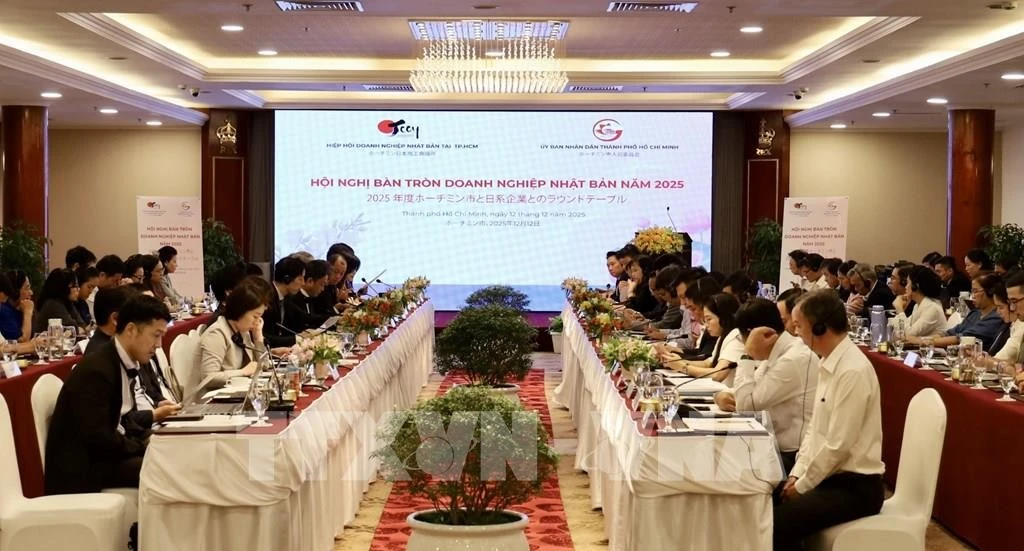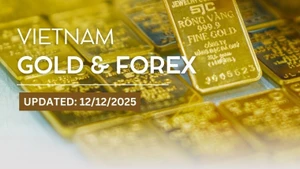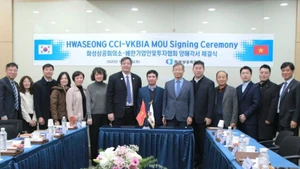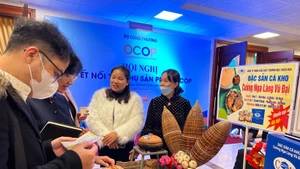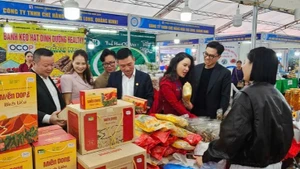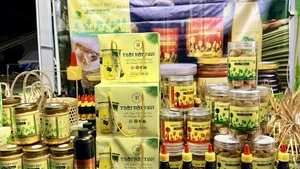It is not difficult to come across products marketed as “100% genuine” but priced at just a third of their actual value on e-commerce platforms. Packaging, barcodes, and even QR labels are often counterfeited so convincingly that even the most cautious buyers struggle to distinguish real from fake.
Drawn in by an enticing livestream promotion on an e-commerce platform, Hoai Linh, an office worker in Cau Giay District, Ha Noi, purchased a cosmetic product. However, within three days of use, her face developed redness and irritation. Although she stopped using the product immediately, her symptoms persisted. Doctors diagnosed her with allergic contact dermatitis. Suspecting the product was of poor quality, she complained to the seller, only to be told, “It’s due to your skin condition,” and that used products were non-returnable.
Consumers in the "matrix" of counterfeit goods
Linh is just one of many people who have bought counterfeit, poor quality or products of unknown origin, especially on e-commerce platforms. What is worrying is that registering to sell on current platforms is extremely simple, anyone can become a seller in just a few steps, without having to go through any product quality inspection processes.
Meanwhile, counterfeit products of major brands often appear on e-commerce platforms with extremely cheap prices and attractive promotional strategies such as "clearance", "weekend sale" or "up to 50% discount". Many consumers are attracted by cheap goods and positive reviews without carefully checking the origin of the product or information about the circulation license and quality certification. Therefore, it is easy to fall into the traders’ trap and buy poor quality goods.
Not only on e-commerce channels, the situation of counterfeit, fake and poor quality goods is also spreading nationwide with increasingly complex developments. From food, medicine, cosmetics to electronics and daily consumer goods - there is a risk of their being mixed with products of unknown origin, even toxic goods.
In May 2025 alone, a series of serious cases were discovered. In Phu Tho, more than 600 tons of counterfeit goods (seasoning powder, cooking oil, MSG, etc.) of Famimoto Viet Nam Co., Ltd were seized. Most of the counterfeit goods were consumed in collective kitchens, posing an unpredictable risk to public health. In Vinh Phuc, more than a ton of unquarantined pork was discovered while being processed right on the sidewalk outside a restaurant.
According to a report released by National Steering Committee 389, over the first five months of 2025, more than 34,000 violations related to smuggling, trade fraud, and counterfeit goods were uncovered nationwide. These included over 8,200 cases of banned or smuggled goods and more than 25,100 trade fraud cases. Alarmingly, some 1,100 incidents involved counterfeit products and intellectual property violations, particularly in the pharmaceutical, functional food, and dairy sectors.
This situation has left consumers anxious about the product quality controls, directly threatening not only their health but also their lives. Many feel trapped in a “consumer maze” where the sophistication of counterfeit goods renders genuine goods almost indistinguishable.
Obstacles to effective control
Despite high determination and continuous campaigns, the authorities still face numerous difficulties in actual inspection and examination at facilities, especially in big cities and border areas.
Pham Xuan Don, Deputy Head of the Customs Control Team, said that one of the difficulties of the authorities is limited human resources and the large area involved. For example, in Lao Cai, the border stretches nearly 1,400 km, while the number of customs and market management forces is very limited.
“Arranging personnel to monitor the entire route is an extremely difficult problem, especially when violators frequently change locations and operating times,” Don shared.
In specific fields such as medicine, functional foods, cosmetics, the police force or market management do not have enough expertise to test and assess quality.
“We carry out inspections, but in many cases we have to wait for specialised testing results from the health sector before we can proceed, causing delays and making it difficult to catch offenders red-handed on the spot," Lieutenant Colonel Phi Van Tuan from the Vinh Phuc Provincial Police said.
In some localities, coordination between the relevant agencies remains loose. "The possibility of collusion and indifference by a number of officials in the state management apparatus cannot be ruled out," the Market Management Department under the Ministry of Industry and Trade commented.
This makes the detection and handling of counterfeit goods prolonged, complicated and sometimes not thorough.
Smuggling and counterfeiting tactics have become increasingly sophisticated, using high technology, anonymising warehouses, and leveraging e-commerce and social media platforms for rapid goods distribution. Many businesses with signs of violations often shut down immediately when they detect an inspection team, such as in Da Nang City, Hoi An, or Saigon Square
In some areas, dozens of shops switch off their lights and pull down their shutters within minutes of hearing about inspections, making it difficult for authorities to gain access and increasing the risk of leaking information. This is a common situation that the Domestic Market Management Department has frankly pointed out in recent working sessions.
To improve the effectiveness of controlling and preventing counterfeit, fake and poor quality goods, many opinions suggest that it is necessary to strengthen solutions to apply information technology for product traceability, data management, and violation detection. If coordination is improved, such measures could significantly curb the production and trade of counterfeit goods in the market.
Many experts affirm that the fight against counterfeit goods cannot be successful if it only relies on management agencies. Because, it is not until now that the authorities have taken strong action against "fraudsters and swindlers", and yet counterfeit goods still appear everywhere, without any restraint. Reality shows: even if they are victims, if consumers do not actively help, will these products still have a "place" to exist?
Once, markets for students, densely populated residential areas, and even e-commerce platforms were flooded with earphones, power banks and keyboards “identical to genuine products” but priced at just a tenth of the original. Most buyers—mainly students and young workers—did not find this unusual. Cheap price, beautiful appearance, and a few months of use were deemed sufficient.
Similarly, many parents are willing to buy their children a backpack featuring popular cartoon characters or a pair of “Nike kids’ trainers” at surprisingly low prices from night markets. Over time, society has developed a lax consumer mindset—willing to pay for low-quality goods simply because they’re cheap.
This makes consumers no longer victims but rather aiding and abetting counterfeit goods operations. In many developed countries, not only are counterfeiters penalized, but consumers who knowingly purchase fake products also face fines—forcing them to adopt a more responsible attitude toward genuine goods.
As for consumers who are deceived (wanting to buy genuine goods but being sold counterfeit goods), experts advise all to be vigilant before spending. Accordingly, consumers should buy goods from reputable sources with valid invoices and documentation; be careful with products with unusually low prices; and use barcode checking and traceability applications.
In addition, legitimate businesses need to actively cooperate with authorities when their brands are counterfeited; proactively invest in anti-counterfeiting technology such as exclusive QR codes, electronic stamps; and protect consumers with transparent after-sales policies.
In June, the Ministry of Health will complete the amendment of Decree 15 detailing the implementation of a number of articles of the Law on Food Safety, aiming to plug current “loopholes” in the fields of goods managed by the Ministry.
